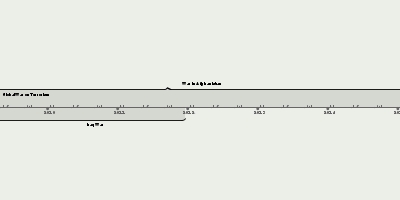Battle of France (may 10, 1940 – jun 25, 1940)
Description:
The Battle of France, also known as the Western Campaign, the French Campaign and the Fall of France, during the Second World War was the German invasion of the Low Countries (Belgium, Luxembourg and the Netherlands) and France. The plan for the invasion of the Low Countries and France was called Fall Gelb (Case Yellow or the Manstein plan). Fall Rot (Case Red) was planned to finish off the French and British after the evacuation at Dunkirk. The Low Countries and France were defeated and occupied by Axis troops down to the Demarcation line.On September 3th, 1939, France and Britain declared war on Nazi Germany, over the German invasion of Poland on September 1st. In early September 1939, the French army began the limited Saar Offensive but by mid-October had withdrawn to the start line. On May 10th, 1940, Wehrmacht armies invaded Belgium, Luxembourg, the Netherlands and parts of France.
In Fall Gelb (Case Yellow), German armoured units advanced through the Ardennes, crossed the Meuse and raced down the Somme valley, cutting off and surrounding the Allied units that had advanced into Belgium to meet the German armies there. British, Belgian and French forces were pushed back to the sea by the Germans where the British and French navies evacuated the encircled elements of the British Expeditionary Force (BEF) and the French and Belgian armies from Dunkirk in Operation Dynamo.
German forces began Fall Rot (Case Red) on June 5th, 1940. The remaining Allied divisions in France, sixty French and two British, made a determined stand on the Somme and Aisne rivers but were defeated by the German combination of air superiority and armoured mobility. Italy entered the war on June 10th, 1940 and began the Italian invasion of France. German armies outflanked the Maginot Line and pushed deep into France, occupying Paris unopposed on June 14th. After the flight of the French government and the collapse of the French Army, German commanders met with French officials on June 18th, to negotiate an end to hostilities.
On June 22nd, 1940, the Second Armistice at Compiègne was signed by France and Germany. The neutral Vichy government led by Marshal Philippe Pétain replaced the Third Republic and German military occupation began along the French North Sea and Atlantic coasts and their hinterlands. After the armistice, Italy occupied a small area in the south-east of France. The Vichy regime retained the zone libre (free zone) in the south. Following Operation Torch, the Allied invasion of French North Africa, in November 1942, in Case Anton, the Germans and Italians took control of the zone until France was liberated by the Allies in 1944.
Added to timeline:
Date:
may 10, 1940
jun 25, 1940
~ 1 months and 16 days
